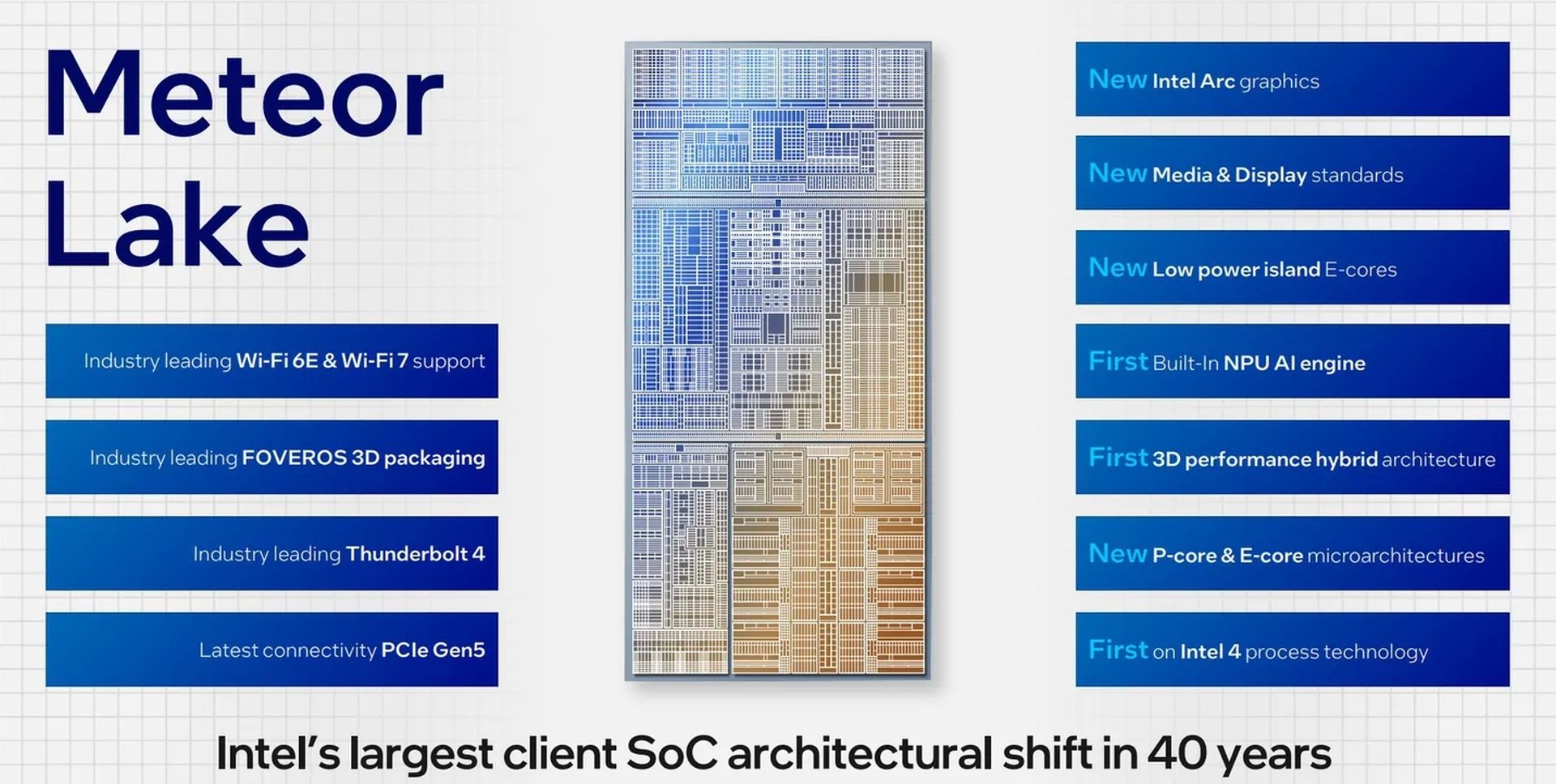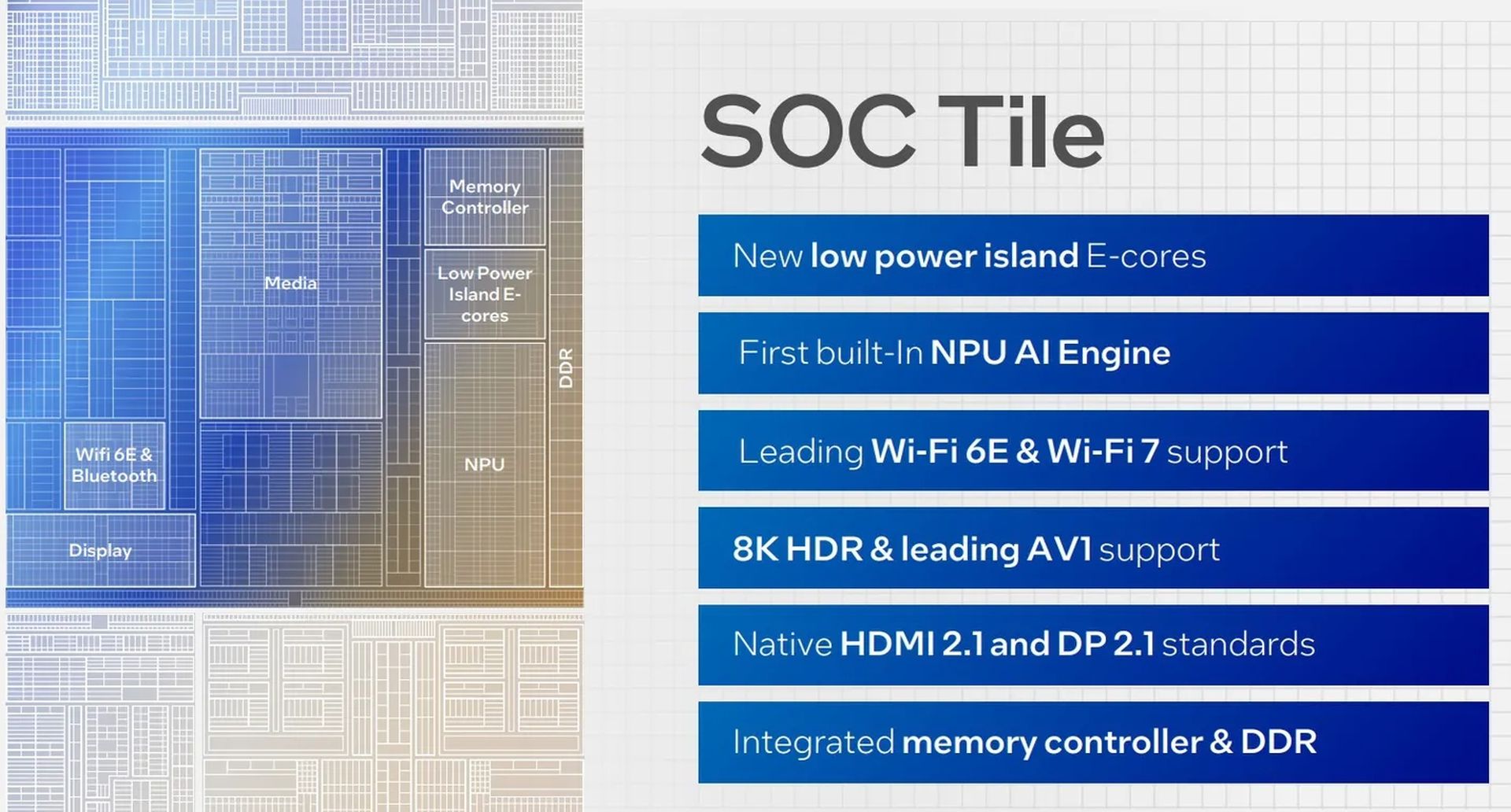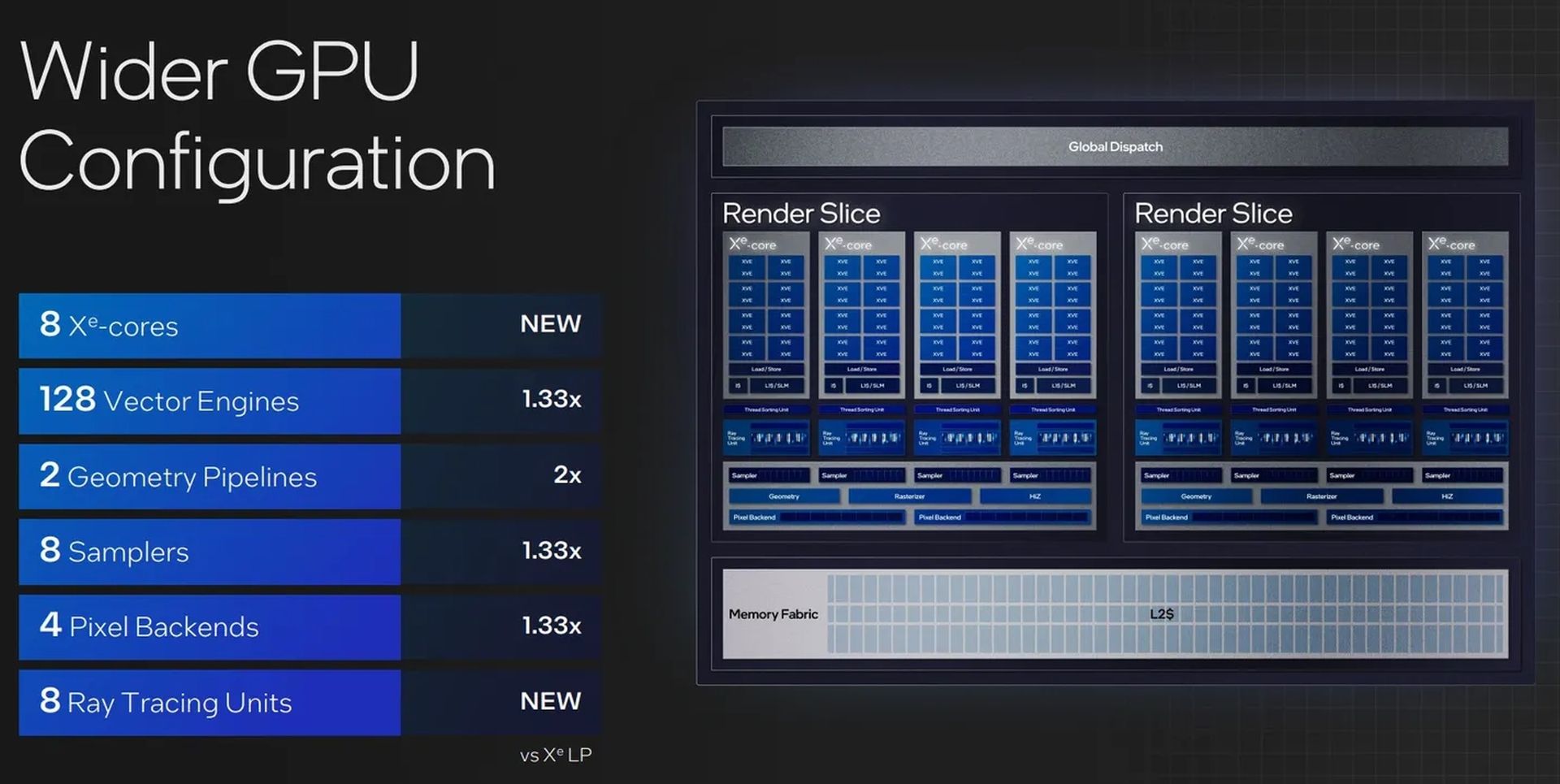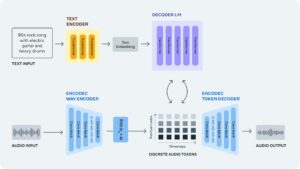Intel’s much-anticipated Meteor Lake chips are about to make their debut, promising to be a game-changer in the world of computing. This new CPU represents a significant leap forward for Intel, introducing several groundbreaking features. In this article, we’ll dive into the details of the new Intel architecture, its impressive capabilities, and what it means for the future of computing.

Meteor Lake: A power-efficient marvel
Meteor Lake is set to take the stage on December 14th, marking Intel’s most power-efficient client processor to date. The excitement around this launch stems from its promise of delivering up to twice the graphics performance compared to its predecessors. But that’s not all; Meteor Lake introduces a “low power island” that can execute tasks independently and seamlessly integrates with Microsoft Windows, providing intelligent control over these cutting-edge chips.
With Meteor Lake, Intel is embracing a novel approach by crafting computer chips using Lego-like building blocks. Unlike traditional chips, where the CPU and GPU are part of the same silicon, Meteor Lake features separate pieces of silicon printed at different sizes and then combined. This approach, known as heterogeneous computing, has long been employed by competitors like AMD and Qualcomm, making it a fresh venture for Intel.
Efficient power management
One of the standout features of Meteor Lake is its innovative approach to power management. Instead of relying solely on a single CPU or display region, each Meteor Lake chip boasts two distinct components. One resides on a “low power island” with its efficiency CPU core, NPU AI coprocessor, media engine, and memory. The other processor cores are distributed among a “Compute Tile” on Intel 4, housing the Performance (P) and Efficiency (E) cores, along with a separate Graphics Tile on TSMC N5.

This division enables tasks like video encoding and decoding to occur without relying on the graphics tile, resulting in improved efficiency and performance. It’s worth noting that Meteor Lake also supports native HDMI 2.1, DisplayPort 2.1, 8K HDR video, or up to four 4K monitors simultaneously, making it a versatile choice for various applications.
Serious gaming capabilities
Meteor Lake isn’t just for productivity; it’s a solid choice for gaming enthusiasts too. Intel has integrated its Intel Arc graphics with dedicated ray-tracing units and up to 8 Xe cores directly onto the chip. This means that Meteor Lake offers up to twice the performance per watt compared to previous generations, bringing better gaming experiences to integrated graphics.

Moreover, Intel’s implementation of XeSS, an intelligent upscaler akin to Nvidia’s DLSS and AMD’s FSR, enhances frame rates even further. Intel has also developed a patented low-cost vapor chamber cooling solution to keep laptops with Meteor Lake running smoothly, ensuring a fantastic gaming and creative experience.
The AI advantage
Artificial Intelligence (AI) plays a significant role in Meteor Lake’s capabilities. Every Meteor Lake chip features an AI coprocessor known as the NPU (Neural Processing Unit). Intel intends to include the NPU across the entire Meteor Lake product lineup, promising efficiency and performance improvements.
While this won’t replace the need for large cloud servers with high-end AI chips, it does provide users with more options. Tasks like image generation, for instance, can run more efficiently with the NPU. Combining the power of the GPU and NPU also unlocks new possibilities, enhancing performance while maintaining efficiency.
The future of computing
Intel is making substantial investments to ensure the success of Meteor Lake. With $3.5 billion allocated for New Mexico and an additional $7 billion for Penang, Malaysia, over the next decade, Intel is preparing for a significant expansion in chip manufacturing capacity. This investment will support not only Meteor Lake but also other innovative chips using the Foveros-style stacking technology.
In conclusion, Meteor Lake represents a groundbreaking leap in the world of computing. Its power efficiency, gaming capabilities, and AI integration make it a formidable competitor in the market. Intel’s commitment to innovation and investment in manufacturing capacity signals a promising future for this technology, and we can’t wait to see what it brings to the world of computing when it launches on December 14th.
Featured image credit: Intel
- SEO Powered Content & PR Distribution. Get Amplified Today.
- PlatoData.Network Vertical Generative Ai. Empower Yourself. Access Here.
- PlatoAiStream. Web3 Intelligence. Knowledge Amplified. Access Here.
- PlatoESG. Carbon, CleanTech, Energy, Environment, Solar, Waste Management. Access Here.
- PlatoHealth. Biotech and Clinical Trials Intelligence. Access Here.
- Source: https://dataconomy.com/2023/09/20/intel-meteor-lake/
- :has
- :is
- :not
- :where
- ][p
- $3
- $UP
- 1
- 4k
- 8
- 8k
- a
- About
- across
- Additional
- AI
- AI Integration
- All
- allocated
- along
- also
- AMD
- among
- an
- and
- applications
- approach
- Arc
- architecture
- ARE
- around
- article
- AS
- At
- BE
- been
- Better
- Billion
- Blocks
- boasts
- Bringing
- Brings
- Building
- but
- by
- CAN
- capabilities
- Capacity
- Chamber
- chip
- Chips
- choice
- client
- Cloud
- combined
- combining
- commitment
- compared
- competitor
- competitors
- components
- computer
- computing
- conclusion
- control
- Core
- CPU
- created
- Creative
- credit
- cutting-edge
- Date
- debut
- decade
- December
- Decoding
- dedicated
- delivering
- details
- developed
- different
- directly
- Display
- distinct
- distributed
- dive
- Division
- does
- e
- each
- efficiency
- efficiently
- embracing
- employed
- enables
- Engine
- Enhances
- enhancing
- ensure
- ensuring
- enthusiasts
- Entire
- Even
- Every
- everything
- Excitement
- execute
- expansion
- experience
- Experiences
- fantastic
- Features
- For
- formidable
- Forward
- four
- FRAME
- fresh
- from
- further
- future
- future of computing
- game-changer
- gaming
- generation
- generations
- GPU
- graphics
- groundbreaking
- HDR
- High
- High-End
- housing
- HTML
- HTTPS
- huge
- Hype
- image
- image generation
- implementation
- impressive
- improved
- improvements
- in
- include
- independently
- Innovation
- innovative
- instance
- instead
- integrated
- Integrates
- integration
- Intel
- Intelligence
- Intelligent
- intends
- into
- Introduces
- introducing
- investment
- Investments
- IT
- ITS
- jpg
- just
- Keep
- Know
- known
- lake
- laptops
- large
- launch
- launches
- Leap
- like
- lineup
- Long
- low-cost
- maintaining
- make
- Making
- Malaysia
- management
- manufacturing
- Market
- marking
- max-width
- means
- Media
- Memory
- Mexico
- monitors
- more
- most
- much-anticipated
- native
- Need
- Neural
- New
- next
- noting
- novel
- occur
- of
- Offers
- on
- ONE
- only
- Options
- or
- Other
- over
- part
- patented
- per
- performance
- pieces
- plato
- Plato Data Intelligence
- PlatoData
- plays
- possibilities
- power
- preparing
- previous
- processing
- Processor
- Product
- productivity
- promise
- promising
- provide
- providing
- qualcomm
- Rates
- region
- relying
- replace
- represents
- resulting
- Role
- Run
- running
- s
- same
- seamlessly
- see
- separate
- set
- several
- show
- signals
- significant
- Silicon
- simultaneously
- single
- sizes
- smoothly
- solely
- solid
- solution
- stacking
- Stage
- stems
- stole
- substantial
- success
- support
- Supports
- Take
- tasks
- Technology
- terms
- that
- The
- The Future
- the world
- their
- then
- These
- this
- to
- too
- traditional
- Tsmc
- Twice
- two
- unit
- units
- unlike
- unlocks
- users
- using
- various
- venture
- versatile
- Video
- wait
- we
- What
- when
- while
- will
- with
- without
- world
- worth
- you
- zephyrnet












